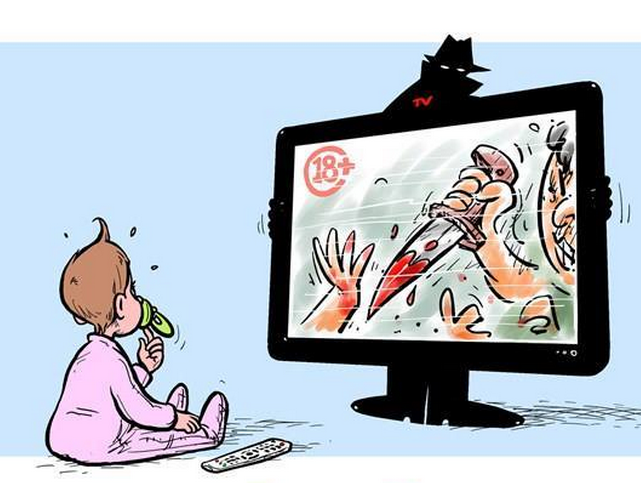In today’s digital age, children are exposed to an overwhelming amount of content on social media platforms and OTT (Over-the-Top) streaming services. While these platforms offer entertainment, education, and connection, there’s a growing concern about the violent content they often host. Whether it’s graphic violence in movies, aggressive behavior in video games, or disturbing images on social media, such content can influence kids in harmful ways.
How Violent Content Affects Children
Aggressive Behavior
Research suggests that children who are regularly exposed to violent media are more likely to exhibit aggressive behaviors. Violence on screen can normalize harmful actions, making children more desensitized to real-life aggression and less empathetic toward others.
Desensitization to Violence
Repeated exposure to violent content can make kids numb to the emotional impact of violence. They may begin to see aggression as an acceptable or even necessary response to conflict, rather than using peaceful solutions or communication to resolve issues.
Increased Fear and Anxiety
Constant exposure to violent imagery can also increase anxiety in children. They might develop fears of real-world dangers, becoming overly cautious or paranoid. In some cases, this can lead to sleep disturbances, nightmares, and heightened stress levels.
Distorted Perception of Reality
Kids, especially younger ones, may have difficulty distinguishing between what’s real and what’s fictional. Violent video games or movies can distort their perception of the world, making them think that violence is a normal part of life. This can affect their social interactions and overall mental well-being.
What Parents Can Do to Protect Their Kids
Set Content Boundaries
Make use of parental controls available on social media platforms, OTT services, and gaming consoles. Many platforms offer settings that allow you to filter out explicit content or limit screen time. Customize these controls to ensure your child is watching age-appropriate material.
Be Involved
Engage with your child’s media consumption. Watch shows, movies, or games together, and use these opportunities to discuss what they’re seeing. Ask questions about the content, and encourage critical thinking about the violence or aggression they might encounter.
Promote Healthy Alternatives
Encourage your child to explore non-violent forms of entertainment, such as educational videos, artistic activities, sports, and outdoor play. Positive experiences can help develop empathy, creativity, and problem-solving skills, all of which counteract the negative impact of violent content.
Set Time Limits
Excessive screen time can exacerbate the impact of violent content. Set clear limits on how much time your child spends on screens each day. Balance it with other activities that promote physical, emotional, and social development.
Foster Open Communication
Create an environment where your child feels safe discussing the content they encounter online. If they come across something upsetting or confusing, encourage them to talk to you about it. Your support will help them process difficult emotions and understand the difference between fictional violence and real-world consequences.
While social media and OTT platforms can offer children great entertainment and learning experiences, they also pose risks if consumed without caution. Violent content, whether explicit or implied, can influence children’s behavior, emotions, and perceptions of the world. As parents and caregivers, it’s important to actively monitor what your child consumes and guide them toward healthy, non-violent alternatives. By setting boundaries, encouraging open dialogue, and leading by example, we can help our children navigate the digital world safely and with a sense of empathy and respect for others.


